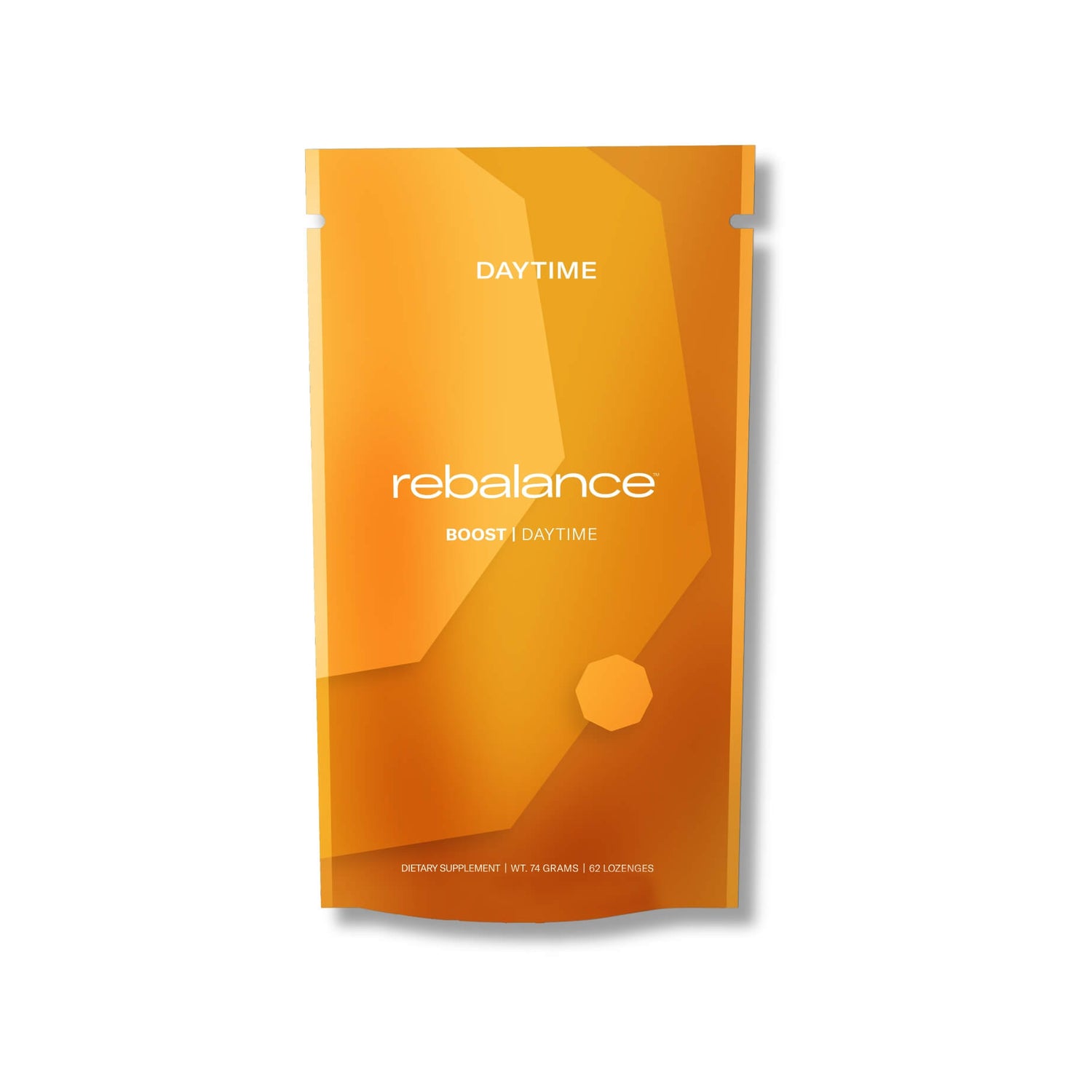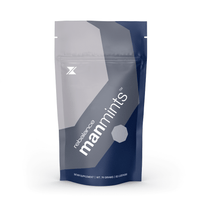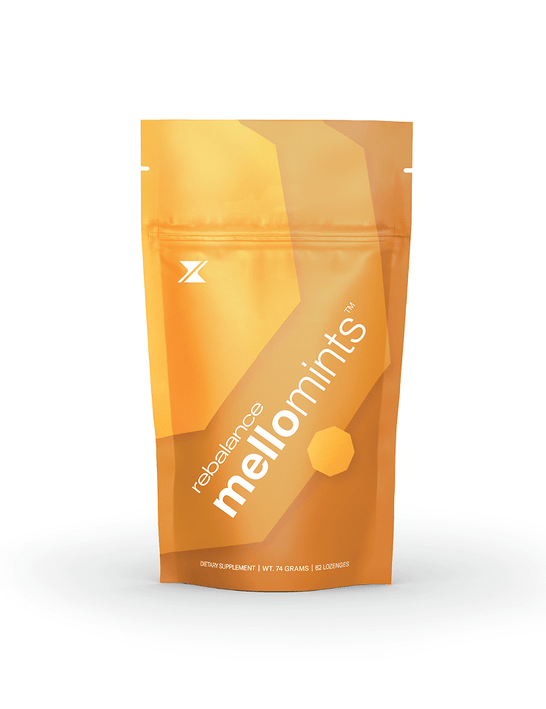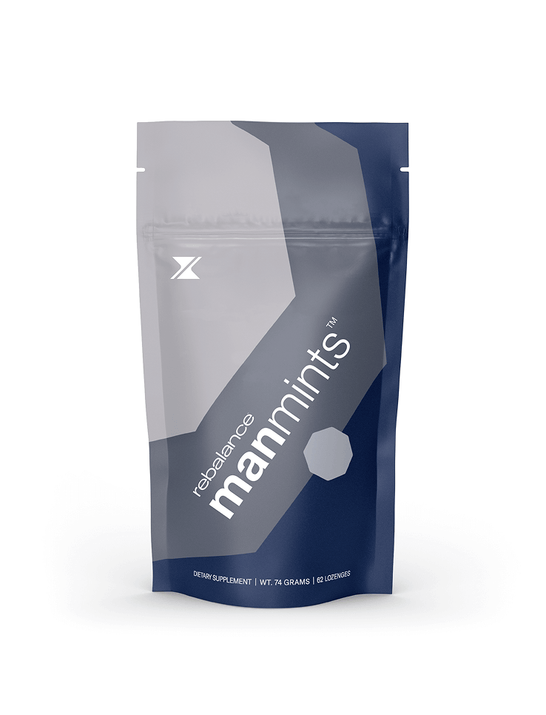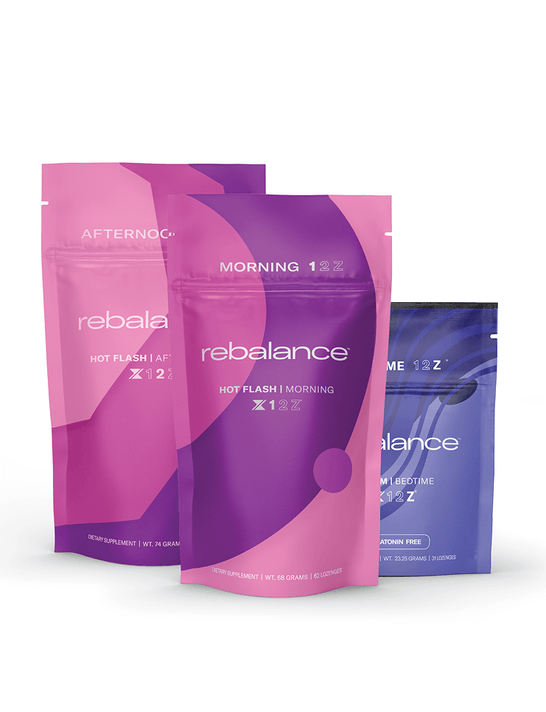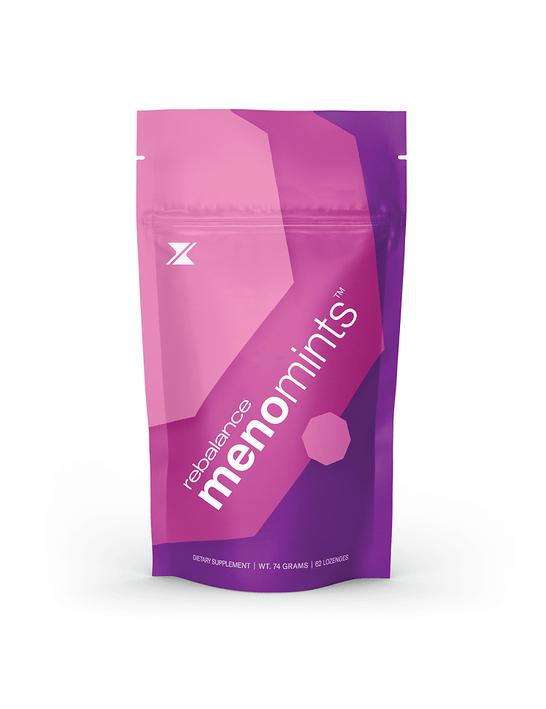How To Create A Balanced Nutrition Plan For Lifelong Success
02/02/2023 by Rebalance Health

INSIDE THIS ARTICLE
1. Importance of a Balanced Diet: Why You Want a Balanced Nutrition Plan2. Building a Balanced Nutritional Plan: How to Get Started
3. Tips on How to Stick to a Balanced Meal Plan
If you’re looking to take your fitness journey to the next level and get the most out of your workouts, then understanding how to create a balanced nutrition plan is essential. Eating right can do wonders for your overall health, energy levels, and physique. But for many of us, it's hard to know where to begin. That’s why we’re going over the basics of building a balanced nutritional plan — so that you can optimize your health and reach your goals more quickly.
Importance of a Balanced Diet: Why You Want a Balanced Nutrition Plan
Creating a balanced nutrition plan is key when trying to achieve optimum health and physical fitness. When we eat balanced meals with an optimal combination of macronutrients (fats, proteins, carbohydrates) as well as micronutrients (vitamins and minerals), our bodies get all the components they need to function properly.
Our bodies need certain nutrients from food in order to carry out its natural processes, and when these nutrients are missing from our diet, it can lead to serious health issues down the line. Moreover, when we provide our bodies with the proper fuel from all food groups, it helps maintain a healthy weight, boosts energy levels, and keeps our hormones balanced — critical components for any fitness enthusiast or health junkie.
What is a Complete Meal?
A complete meal consists of three main macronutrients: protein, fat, and complex carbohydrates.
- Protein helps build muscle tissue, regulates appetite, and plays a role in bone and cardiovascular health
- Fats are necessary for hormone production, aiding in efficient nutrient absorption, especially Vitamin A, D, E, and K, and affects gene expression which influences changes in cell growth and metabolism
- Complex carbohydrates provide vitamins, minerals, fiber, and long-lasting energy throughout the day and may decrease the risk of multi-morbidity.
Unfortunately, a complete meal doesn’t include dessert, so that triple chocolate mousse cake with cream on the side will have to be kept for the occasional treat—emphasis on the occasional.
How to Use the MyPlate Model to Build Balanced Meals
One of the most popular methods used to build meals is macro tracking, and while this method works, it can also be overwhelming and tedious. A great alternative to macro tracking is the MyPlate model. This model suggests that each plate should consist of half vegetables and/or fruits; one-quarter lean protein; and one-quarter whole grains.
Using the MyPlate model as a guideline ensures your meals contain all three macronutrients—proteins, fats, and carbs—in just the right amounts. It also ensures that you get plenty of vitamins, minerals, antioxidants, fiber, and other essential nutrients from your food. Last, aim to get three cups of dairy per day if you tolerate dairy. This can include milk, cheeses, and yogurt.
Now that you know what a complete meal is and how to use the MyPlate model to build balanced meals, let’s look at how you can build a balanced nutrition plan.
Building a Balanced Nutritional Plan: How to Get Started
Creating a balanced nutrition plan may seem daunting at first, but it doesn’t have to be. By following a few simple steps and guidelines, you can create a sustainable nutrition plan that helps you reach your goals and maintain optimal health.
The most important part of creating a balanced diet plan is consistency. Thismeans not only finding healthy, nutrient-dense foods that you enjoy eating but also making sure you get enough of them every day and sticking to a regular eating schedule.
Make a List
Compile a list of your allergies and intolerances, any foods you don’t like, and whole foods you do like.
This will help you narrow down what foods you want in your diet and eliminate any foods that may cause digestive issues or more serious reactions. You want to create a meal plan that you’ll enjoy and look forward to eating. If you fill your meal plan with foods you don’t like, you’re more likely to reach for junk food. And while Chick-fil-A may have your heart, they probably don’t have your health in mind.
Decide How Many Meals Per Week You Want to Eat
Some people prefer to eat 3 large meals a day, while others do better with 4-5 smaller meals. Whatever your preference is, make sure you’re eating enough and often enough to meet your health goals while still keeping you feeling satisfied. Remember, the more satiated you are, the less likely you are to veer off course and raid the junk food aisle like a little trash panda.
Set a Budget For Your Nutrition Plan
Next, you’ll need to create a budget for your meal plan to ensure that you don’t overspend on groceries. Consistency is important when you’re trying to improve your diet and overall health, so making sure you can afford your meal plan is crucial to keep you on track.
Use the MyFood Plate Model to Create Balanced and Complete Meals
Once you’ve got your food list, total meal requirements, and budget sorted, you can start to plan your meals using the MyPlate model. This will ensure that you include enough proteins, fats, and complex carbs in your meals.
Assess Your Meal Plan to See if You Have Enough Variety
Once you’ve created your meal plan, it’s time to assess it and see where you may need to add more variety. Try to include a variety of protein sources such as beef, chicken, pork, fish and seafood, eggs, tofu, beans, and legumes. You’ll also want to ensure that you include a variety of healthy fats, such as cold-pressed virgin olive oil, coconut oil, avocados, nuts, and seeds. Finally, you’ll need to include a wide variety of complex carbs in your diet, which include fruits, vegetables, and whole grains.
Check the Overall Trans Fats, Sodium, and Sugar Content of Your Meals
The next step is to assess the overall trans fat, sodium, and sugar content of your meals. Ideally, you want to keep these to the minimum since they have an adverse effect on your health if you eat too much of them. The best way to achieve this is by minimizing processed foods since most processed foods contain these ingredients to improve the taste and shelf life of the food.
Tips on How to Stick to a Balanced Meal Plan
Once you have developed a balanced nutrition plan that meets your individual needs and preferences, sticking with it can be tricky. To make sure you stay on track, watch what you have in your pantry. Sticking to a balanced, nutrition plan also means setting yourself up for success.
A simple way to do that is by making sure what you reach for when you need a snack is good for you. Keep the processed, sugary snack foods out of your home and you are less inclined to choose them when the urge comes. Replace them with dried fruits, fresh fruits, easy to grab vegetables like baby carrots or julienne cucumbers,or sliced fruit.
I make sure the correct food is in the house, so I don't grab the thing I don't want to eat at the time that I'm stressed out
Gabby Reece
Volleyball legend and New York Times bestselling author Gabby Reece puts it this way, “I make sure the correct food is in the house, so I don't grab the thing I don't want to eat at the time that I'm stressed out.” You can also try making weekly meal plans or preparing meals ahead of time so they’re ready when hunger strikes. You might even find it helpful to keep a food journal so you can track your progress. And remember: don’t beat yourself up if you slip up here and there - no one’s perfect. Just keep focusing on making smart dietary choices as often as possible.
Creating a balanced nutrition plan that reflects your individual needs and goals is an important step towards a healthier lifestyle. With proper planning, you can easily incorporate nutritious meals into your diet that are both delicious and satisfying.
Remember to take your time when crafting your plan and don’t be afraid to experiment with different ingredients and recipes. And finally, mistakes are normal. So don’t strive for perfection, strive for progress and keep practicing till you get a nutrition plan that works for you.
Overview

Stay Calm. Sleep Deep. Wake Clear.
A lozenge that supports deep sleep, better REM, and calmer nights. Without melatonin — unless you want it.
